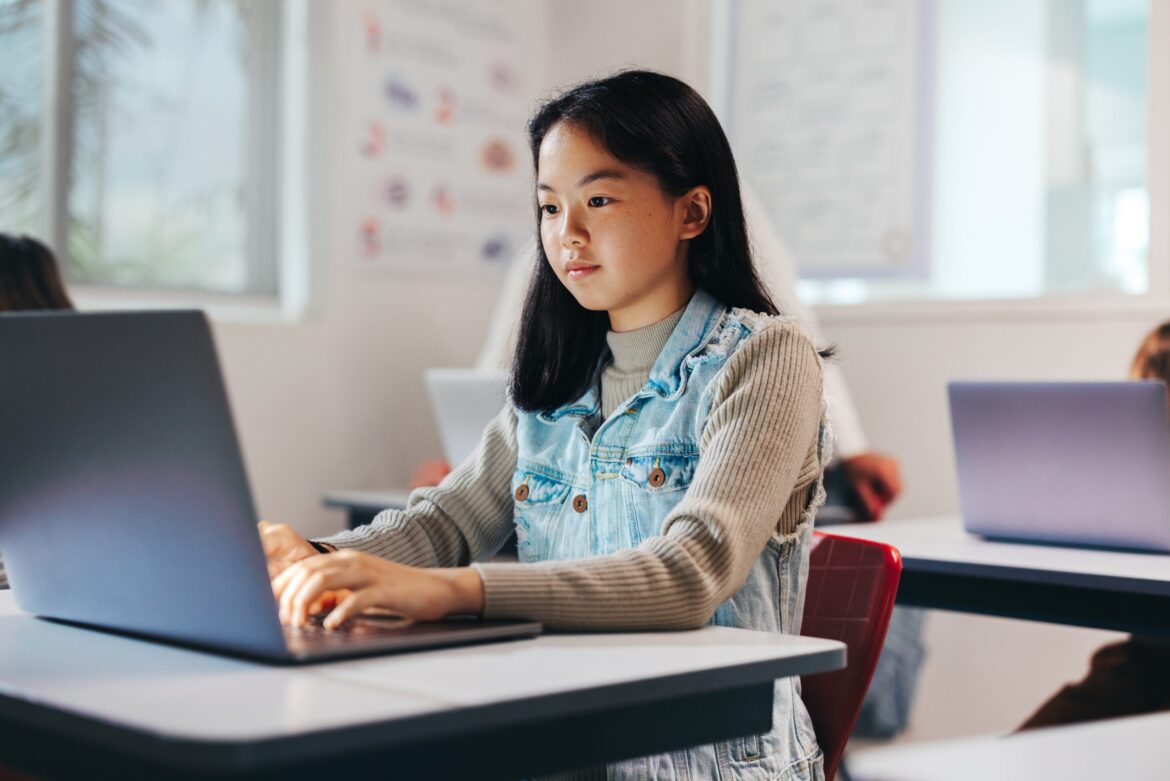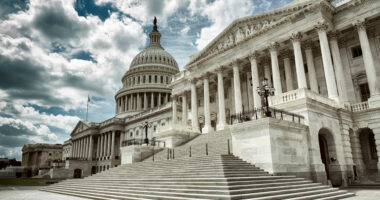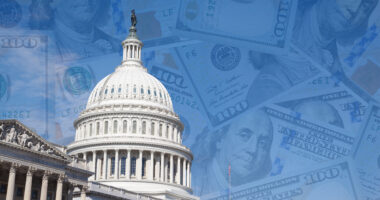Digital Literacy: Getting Kids Connected and Keeping Them Safe
To cultivate digital citizenship in students, we need to get all kids connected to the internet and keep them safe once we do.

Building digital literacy skills is important as technology and the digital world evolve. The internet is a great place for learning—but it also can be manipulated to mislead and harm users—especially children, says Learning For Justice, which outlines a Digital Literacy Framework featuring seven key areas in which students need support in becoming successful digital citizens.
- Students can locate and verify reliable sources of information.
- Students understand how digital information comes to them.
- Students can constructively engage in digital communities.
- Students understand how online communication affects privacy and security.
- Students understand that they are producers of information.
- Students understand their role as customers in an online marketplace.
- Students can evaluate the value of the internet as a mechanism of civic action.
But to grow our digital citizens, two things need to happen: We need to get those who don’t have access to the internet connected, and we need to keep them safe once we do. Two new initiatives aim to do just that.
School Internet Connectivity Challenge
Online For All is a new national campaign to close the digital divide. As the new school year begins, this partnership between Civic Nation and the U.S. Department of Education will work to bring internet to more households across the country. NAESP is proud to join the Back-to-School Connectivity Challenge and work to spread the word about the Affordable Connectivity Program (ACP).
ACP is a federal program that provides low-income households a monthly subsidy to obtain internet connectivity. Households with students who qualify for free and reduced-price school lunch are eligible for this benefit. Here are two ways schools can take part in the Back-to-School Connectivity Challenge.
- Share information about the ACP with your community. This could mean sending a letter, email, or flyer home with your students, or posting on social media with information about the ACP.
- Add ACP sign-up opportunities into back-to-school events like parent-teacher nights, orientation events, backpack giveaways, or other community events you have planned this time of year.
This handy toolkit has all the information, materials, and handouts you need to do it.
Online Children’s Protection Bills
The Kids Online Safety Act (KOSA) and Children and Teens’ Online Privacy Protection Act (COPPA 2.0) passed out of the Senate Commerce Committee without opposition. The bills would require online platforms to prioritize the best interests of children and expand privacy protections to teenagers.
KOSA would impose a “duty of care” that online platforms must meet to prevent serious harms to underage users, including self-harm, eating disorders, exploitation, cyberbullying, and social media addiction. COPPA 2.0 would expand the existing law (COPPA) so that online services stop collecting data from children under age 17 (the current age threshold is 13).
Civil rights organizations, however, have raised concerns that KOSA “jeopardizes the privacy and safety of all internet users; effectively requires online services to use invasive filtering and monitoring tools, which will restrict users’ ability to access information and speak freely online; and creates disproportionate risks for already vulnerable children,” according to the Center for Democracy and Technology.
With great opportunity comes great responsibility. As we take the challenge to get more households with school-age children connected to the internet, we understand that, at the same time, we all have a role to play—especially the tech platforms themselves—in ensuring students are engaging with online content in a safe and secure manner. As the school year begins, there’s a good message for school leaders and students alike: “Let’s be careful out there.”
David Griffith is associate executive director of Policy and Advocacy at NAESP.




